“It is absurd to divide humanity into men and women. It is composed only of femininity and masculinity.”
Valentine de Saint Point
‘Manifesto of the Futurist Woman in response to F. T. Marinetti’, 1912
“In the end every definition of male and female is personal, and it’s that idiosyncrasy we value, need and hope to encourage. Who do we think we are? A work in progress ♂♀”.
Vince Aletti, ‘Male Female’, 1999
‘Feminine Masculine’ presents an unfinished and personal exploration of the dynamics between the opposite sexes. This mysterious topic, at times ineffable and immaterial, often seems to be ‘beyond the camera’s reach’.
The collision of the words contained in the aforementioned quotes with a number of strikingly elusive sequences and dialogues from Jean-Luc Godard’s 1966 film ‘Masculin Féminin’ – where the male/female discrepancy between speech, thought and reciprocal understanding emerges in all its restlessness – prompted a certain curiosity to look at women and men in relation to one another, instead of focusing on gender as an individual entity.
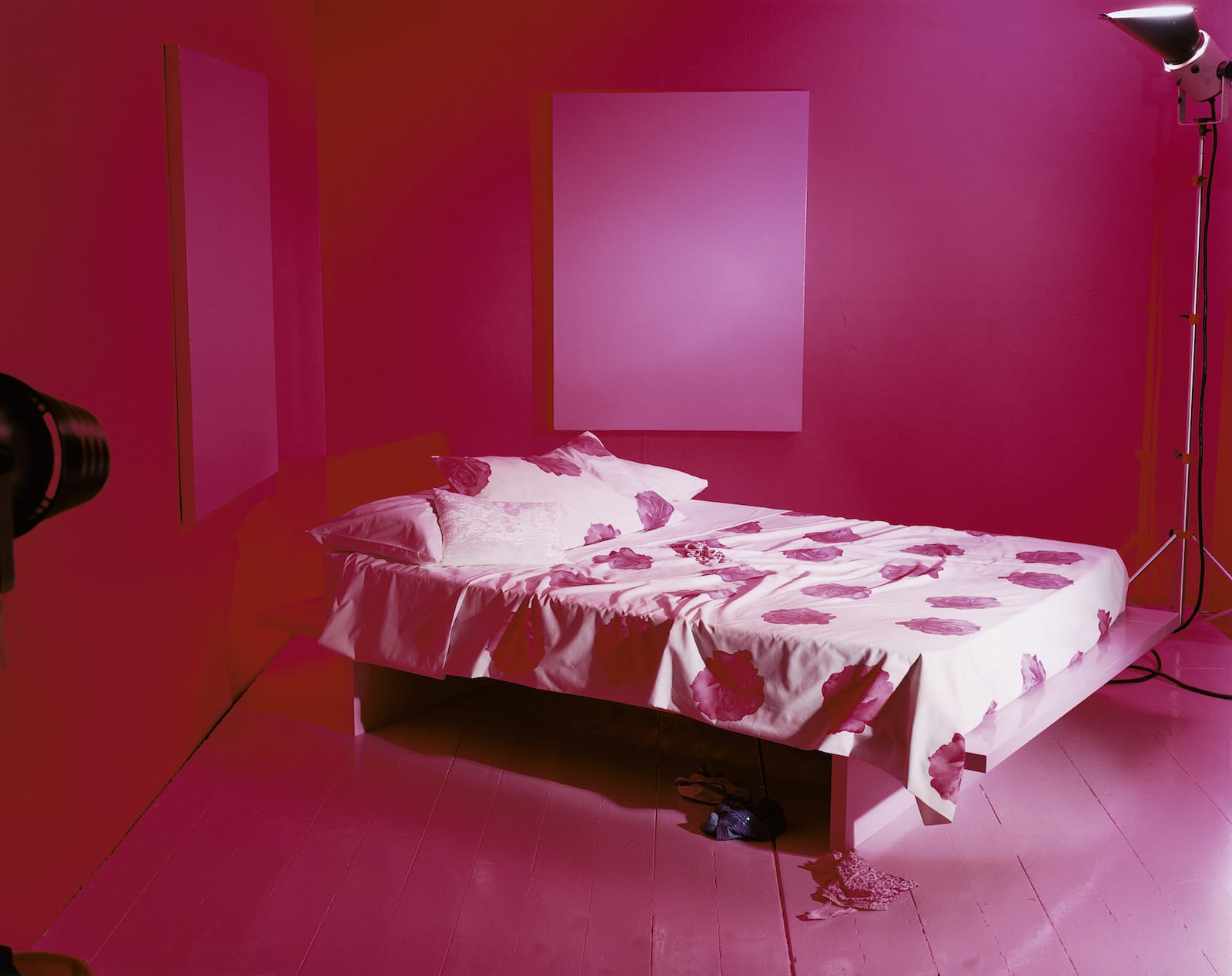
In our age heteronormativity has been boldly undermined in certain areas of the world and more and more, the internet is the agora for sexual and romantic encounters, as well as the place for projecting a staged and self-promotional image of happiness and success. The intention of this exhibition is to navigate – somewhat frantically – through male-female relations, from rigidity to flux, via obsession and boredom, questioning their refractoriness to photography. ‘Feminine’ and ‘Masculine’ are almost monolithic categories, often treated as binary oppositions, and imbued with fossilized prejudices and clichés.
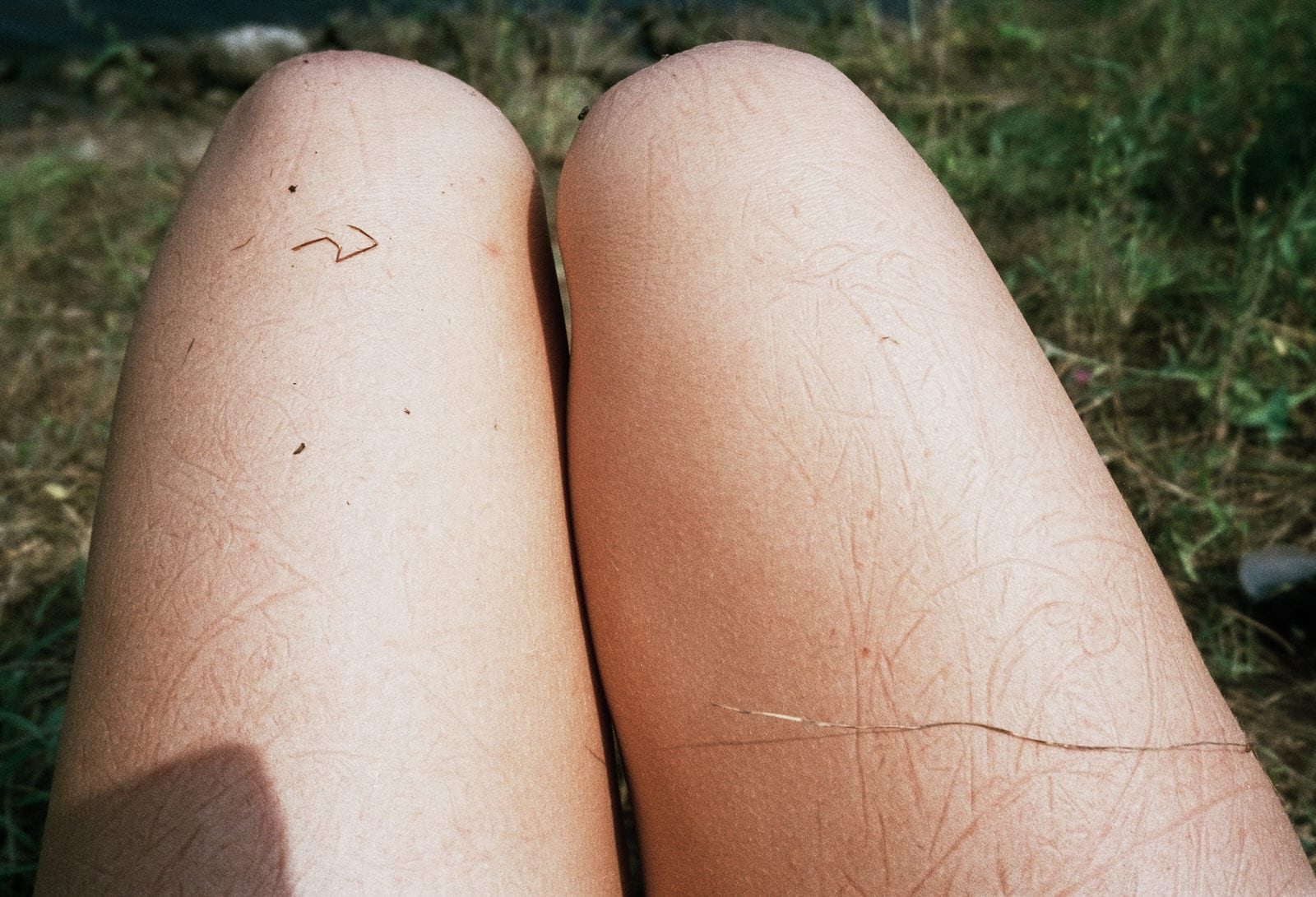
“MORE AND MORE, THE INTERNET IS THE AGORA FOR SEXUAL AND ROMANTIC ENCOUNTERS”
Presented with a feminine narrative voice, the exhibition primarily – yet not exclusively – features the work of contemporary female artists who subtly respond to the struggle and fascination of dealing with the other sex. With no intention of offering definitive answers, it aims to be a whimsical and allusive visual journey into heterosexuality and stereotypes, mixing satire, sadness, romanticism and emotional clichés.
The exhibition is divided into five sections, each corresponding to a different room: ‘He loves me, He loves me not’; ‘Till Death Do Us Apart’; ‘Ennui and Obsession’; ‘Carrying-On without Them’ and ‘Wrap Thee with Fluctuant Winds’.
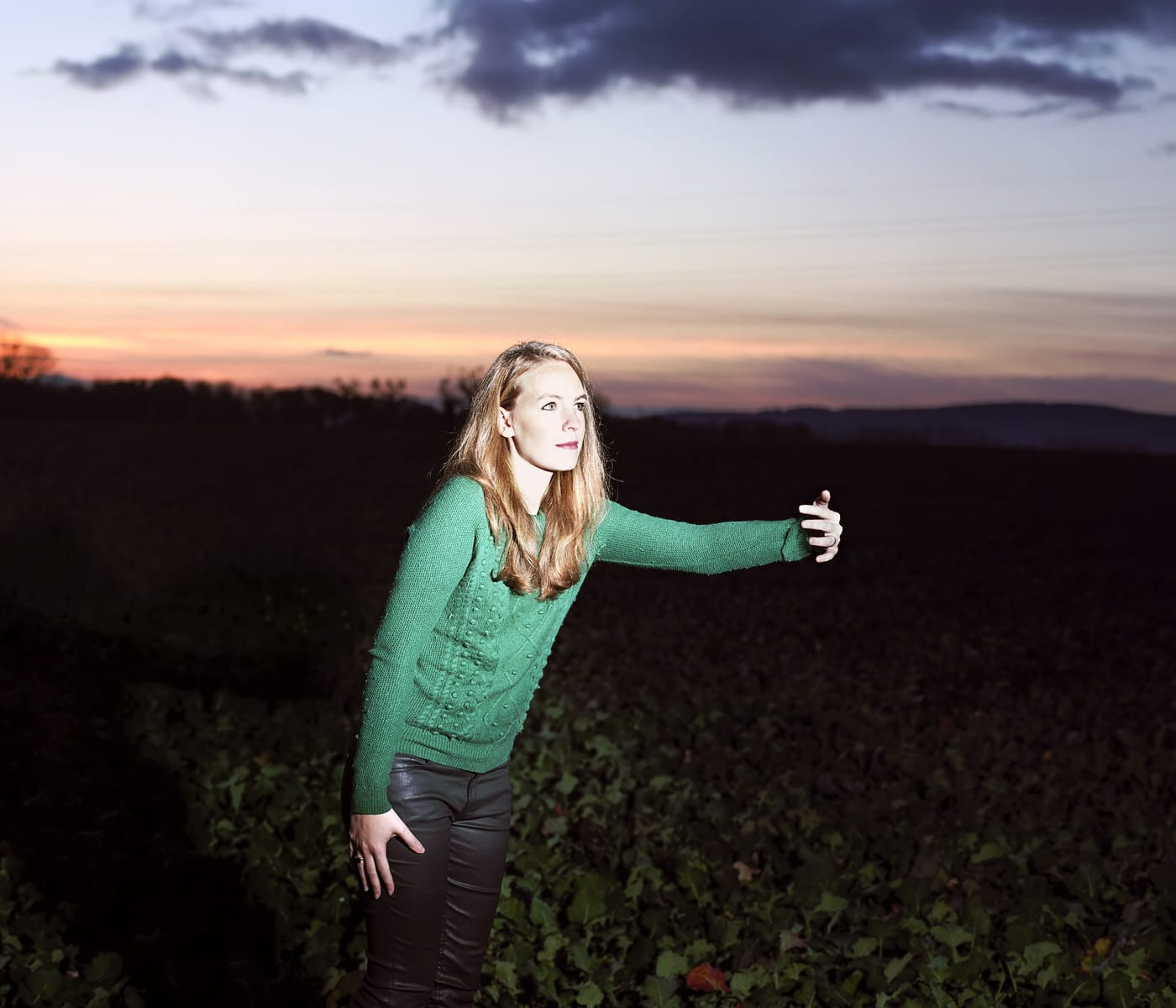
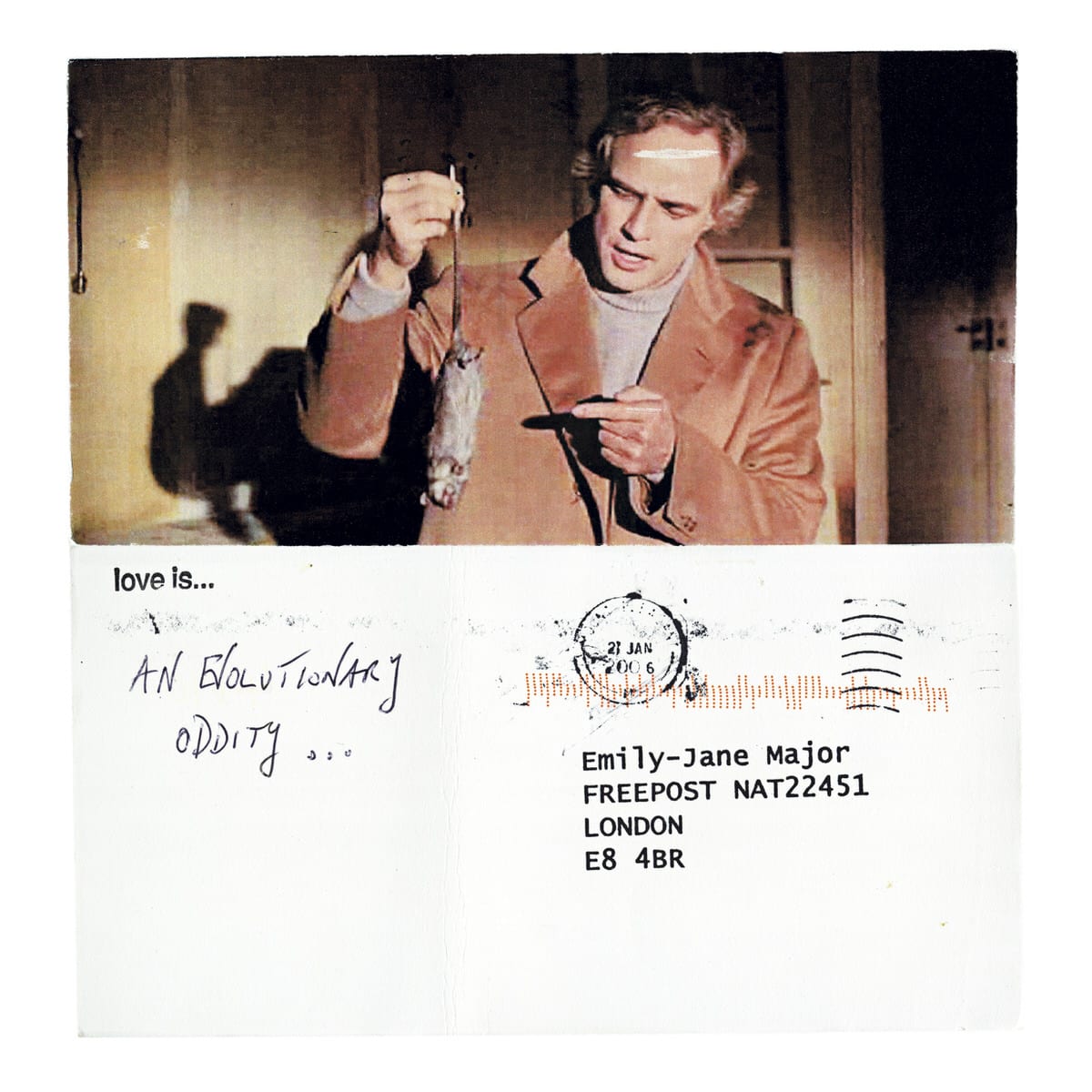
The last petal determines the verdict. Intriguingly, the original French version has five options – he loves me a little, very much, passionately, madly or not at all – namely in French there’s only one out of five chances that the person doesn’t love you, whilst in English – and in many other cultures that adopted the game – there’s a 50% chance that they don’t return your affection.
The game has also a subtly erotic connotation, given that to reach the final verdict – contained in the last petal – you have to ‘denude’ the daisy. In this section of the exhibition, arranged as a ‘daisy game’ on the walls, the attention is on relationships’ nuanced and often imperceptible metamorphosis, from the ‘eternally inexplicable phenomenon’ we call love at first sight to separation and lovesickness, via complicity and adultery.
‘Till Death Do Us Apart’ is a somewhat disquieting phrase from the marriage liturgy in the Book of Common Prayer. The boundary between its romantic solemnity and threatening premonition is very subtle. A sublime yet horrifying image from Carson’s Eros the Bittersweet, comes to mind: “At night falling asleep they dream the same dream, where they watch fire move along a rope that binds them together, but it is unlikely they remember the dream in the morning”.
The idea of a burning rope that binds a couple together sets the atmosphere for the second section of the exhibition, in which we look at marriage, sex, failure and death. Formal unions with their contractual obligations and monotony may exert some psychological side-effects on passion and spontaneity. Love always comes with its ambivalent and potentially degenerate drift when it ‘leaves off’ and ‘hate begins’, as Anna Karenina famously remarks on her way to Moscow Station.
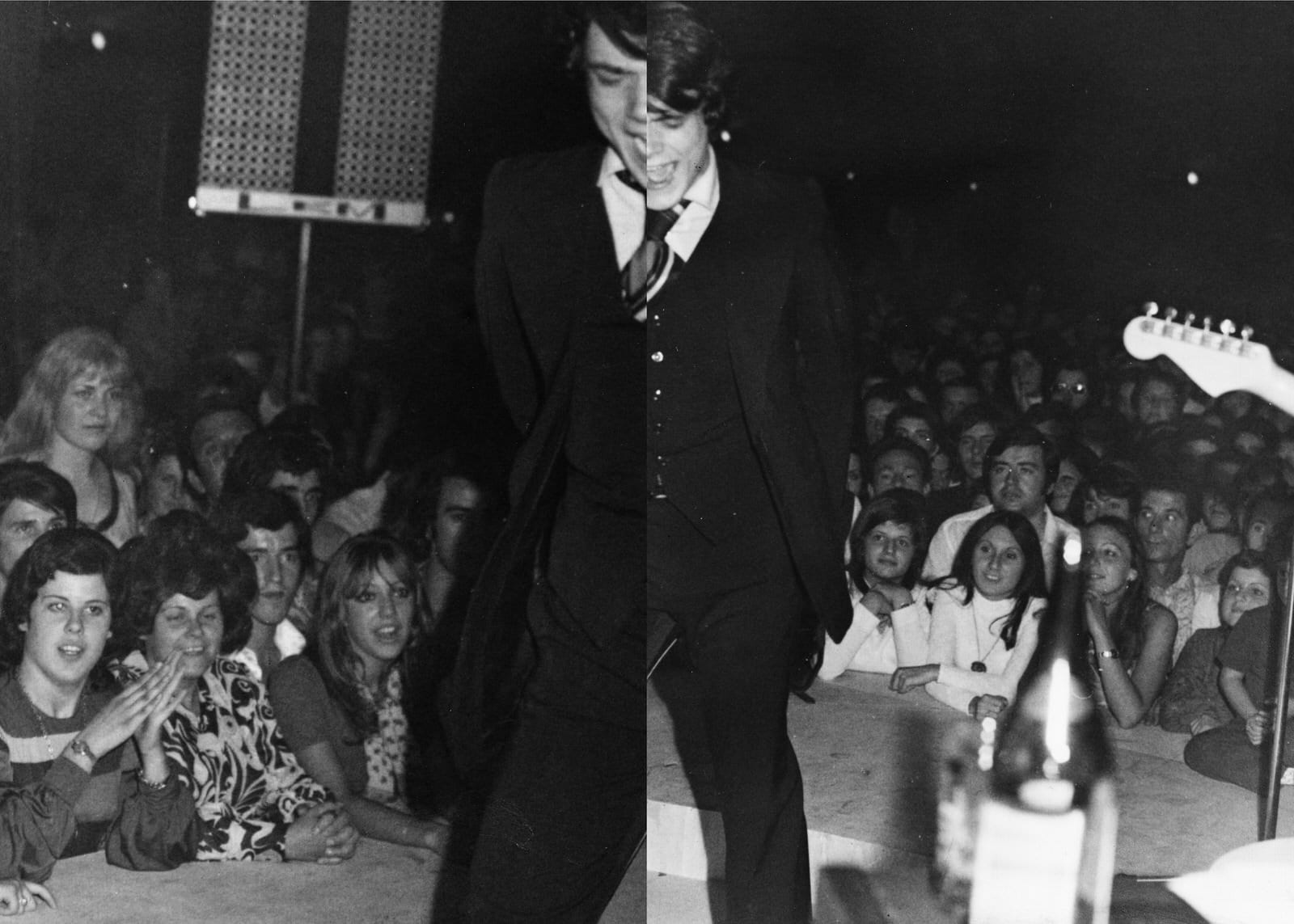
The sentence also resonates with a more political and socio-cultural undercurrent, if we think about Italian performance artist Pippa Bacca, to whom this section is quietly dedicated. Bacca was raped and strangled in Turkey in March 2008 during her performance ‘Brides on Tour’, for which she embarked on a hitch-hiking pilgrimage around countries devastated by conflicts. She was celebrating fraternity dressed as a ‘Peace Bride’ and wearing white high-heeled shoes, only to take the wedding dress off to sleep or to wash it.
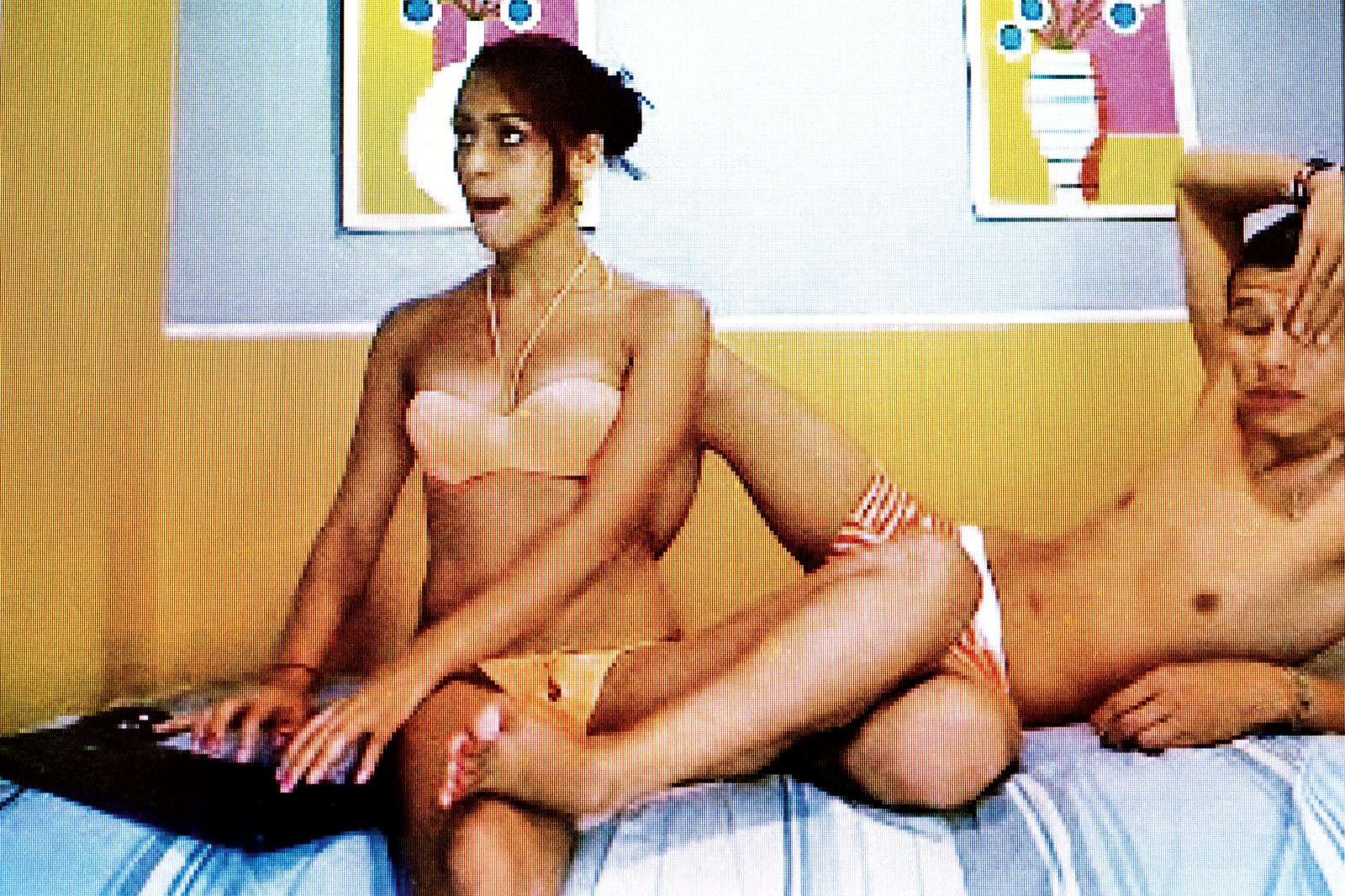
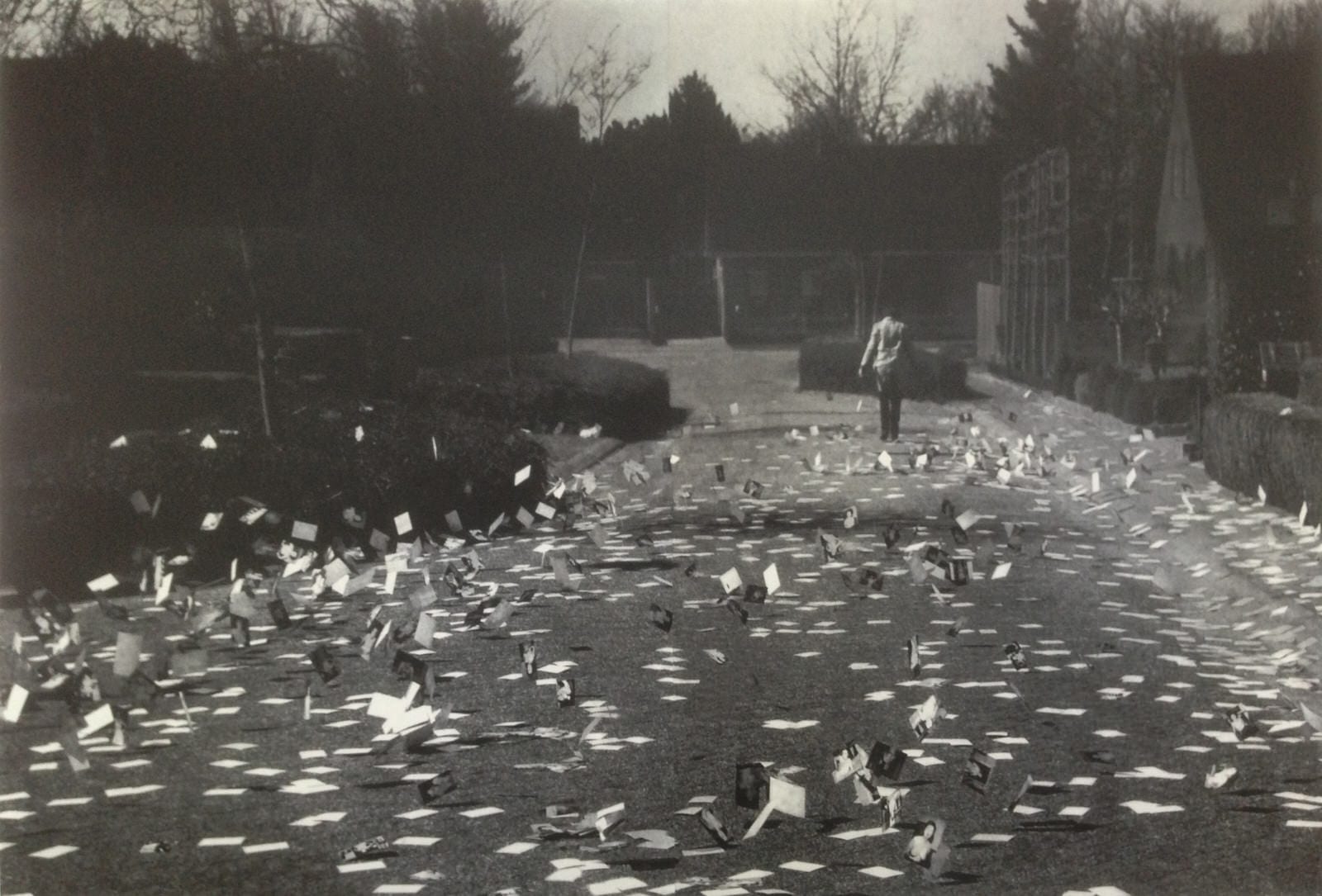
“‘FEMININE’ AND ‘MASCULINE’ ARE ALMOST MONOLITHIC CATEGORIES, OFTEN TREATED AS BINARY OPPOSITIONS, AND IMBUED WITH FOSSILISED PREDJUDICES AND CLICHÉS.”
There is a somewhat paradoxical connection between the tediousness of constant propinquity with one’s partner, the desire to bring into the ‘picture’ a third subject – albeit a virtual one, a voyeur par excellence – and the absolute lack of physical contact with one’s idol despite the fanatical encounter with a plethora of images that represents him in the media. ‘Idol’ after all means ‘image of a deity as an object of worship’. Boredom and obsession are here intriguingly intertwined around the idea of how perception can become dangerous. Photographs and moving images are wonderfully mischievous in their ability to manipulate perception and instil beliefs. Godard was not lying when he said that “cinema is the most beautiful fraud in the world”.
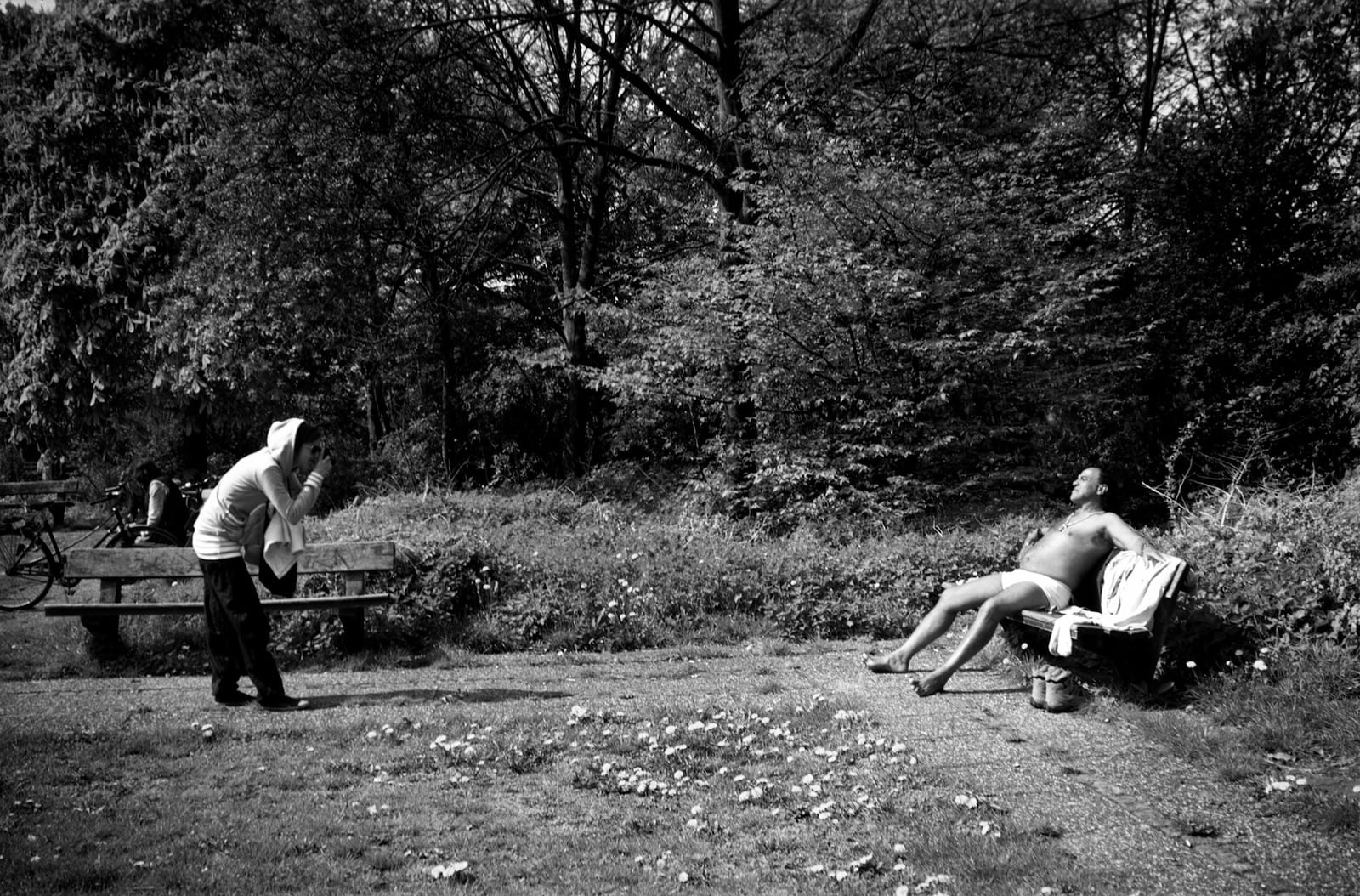
With this exhibition I can only suggest a very personal prelude on a complex and mastodontic topic. I would like you to think of these walls/rooms as a starting point, a region of an atlas that is waiting for further and multiple explorations.
Photo50 is curated by Federica Chiocchetti, Founding Director of the photo-literary platform Photocaptionist. It will be on show at London Art Fair between 20-24 January. Find more information here.
